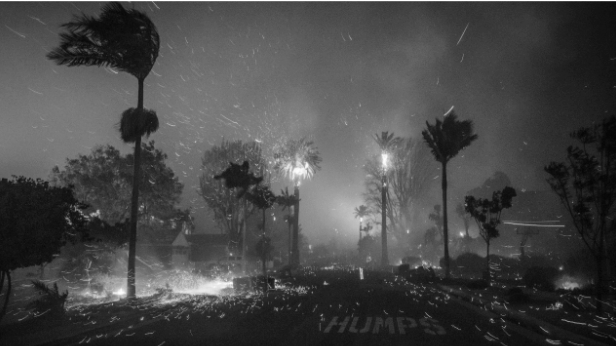Starting in 1918, the United States started the tradition of daylight-saving time (DST), where the clocks are turned one hour forward, which “starts on the second Sunday in March and ends on the first Sunday in November,” according to reuters.com.
The U.S. adopted this ideology from Germany, who started this in 1916 during World War I as “an energy saving measure,” states colorado.edu. As of now, the United States is one of 70 countries to participate in DST. Usatoday.com claims that the United States signed the Standard Time Act into law “as a measure to save on fuel costs during the First World War by adding an extra hour of sunlight to the day.”When DST is in effect, “the one-hour time shift during daylight saving time results in less exposure to light in
The time change is something that affects many people’s mental clocks, better known as a circadian rhythm. the morning and greater exposure to evening light relative to typical sleep and work schedules. As a result, we tend to go to bed and fall asleep later, resulting in chronic sleep loss,” states sleepeducation.org. This horrible sleep cycle that some may fall into can also be affected at the end of DST; it is lighter in the morning and darker earlier in the night, when people will be lacking in motivation from thinking it’s later than it actually is and causing people to wake up earlier.
This constant change can really affect people’s mental health and schedules, as people will become used to one way of the clocks, but then only a few months later, the clocks get changed again, throwing off their entire body again.
According to sleepfoundation.org, the public opinion about the clock changes and DST found in a recent poll is that “over 60% of people want to end biannual clock changes. Most polls suggest that permanent daylight-saving time is more popular than permanent standard time.”
We have to stop falling back and springing forward, as it is a greater risk than we think for our attention span and our alertness as shown with the sleep cycle. Standard time has the sunset in Baltimore in 2023 around 4:50-5:00, which is way before some people are even leaving school activities and work when they are used to leaving in daylight. This can also pose the risk for many people who have to be outside for a multitude of reasons, like using public transportation, walking to classes, or more, where it can be more dangerous to be out at night. With the earlier sunset, they have less time to be out if they want to avoid this.
According to reuters.com, “The U.S. is not ending daylight saving any time soon, though there is an effort in the federal government to pass the so-called Sunshine Protection Act, which would make daylight saving time permanent.”
















